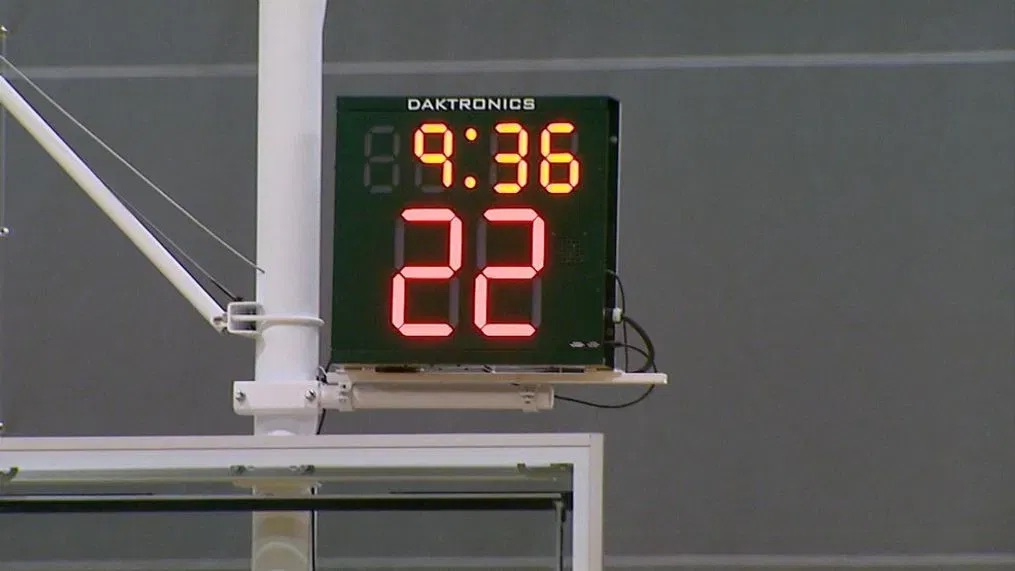
PIAA One Vote Away From Approving 35 Second Shot Clock in High School Basketball
By: SportzWire | SportzWire | October 14, 2025
Pennsylvania high school basketball is on the verge of a game changing shift. The PIAA has officially approved the second reading of a 35 second shot clock proposal, leaving just one vote standing between the state and a new era. If the measure passes its final reading on December 3, the rule will take effect in the 2028 29 season, becoming mandatory for all varsity and junior varsity contests statewide.
Countdown to Change
During the October 8 board meeting in Mechanicsburg, PIAA officials unanimously advanced the proposal following a 22 9 vote of approval in July. The upcoming December vote will determine whether the shot clock officially becomes part of Pennsylvania basketball’s identity. The rule would apply only to varsity and JV levels, with junior high teams exempt.
Why the Wait Until 2028?
The three year implementation period is designed to help schools prepare. Installing shot clocks isn’t cheap, many gymnasiums will need new wiring, equipment, and trained operators. The extended timeline gives districts the opportunity to secure funding, schedule upgrades, and integrate the technology seamlessly into their programs. Aligning the rollout with the PIAA’s next two year rule cycle also ensures consistency and minimizes disruption.
Details Still to Come
If approved, the 35 second shot clock will follow NFHS standards but still requires clarity on several game mechanics, including:
• Full or partial resets after fouls, violations, or offensive rebounds
• Interaction with “closely guarded” and five second possession rules
• Handling of tipped balls and held possessions
A 30 second option was considered, but officials opted for 35 seconds to remain consistent with national high school standards and maintain Pennsylvania’s voice in national governance.
Divided Opinions Across the State
The debate over the shot clock isn’t new. A recent PIAA survey found that 55% of basketball schools favor the move, with overwhelming support coming from the WPIAL in Western Pennsylvania, where 65 of 99 schools voted “yes.” Nationwide, 31 states plus Washington, D.C. are expected to implement shot clocks by 2026 27.
Still, concerns remain among smaller schools that worry about expenses, staffing, and the rule’s true necessity. A study out of New Mexico found that shot clock violations occurred on only about 5% of possessions over two seasons, fueling debate over whether the investment is justified. Yet, the PIAA’s consistent momentum suggests that modernization is on the horizon.
Preparing for the New Era
With the December 3 vote closing in, schools should begin early planning:
• Budgeting for clock systems and installation
• Training operators, officials, and table staff
• Upgrading electrical and display systems in older gyms
• Engaging boosters, boards, and communities on funding and benefits
If the measure passes, the 2028 29 season will mark the official start of Pennsylvania high school basketball’s shot clock era, one that promises faster play, new strategies, and a modern feel for the game. The clock is ticking toward history.





